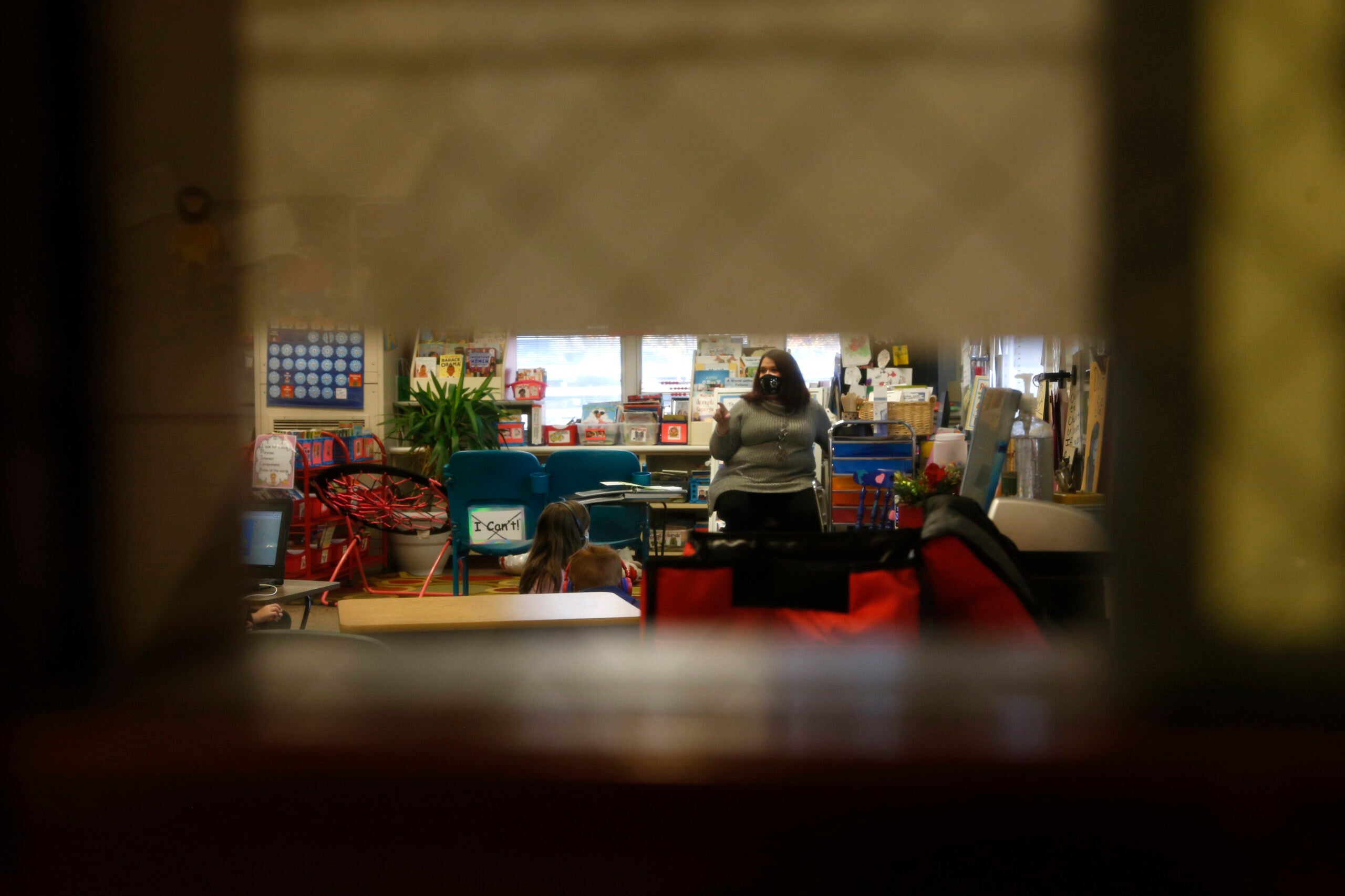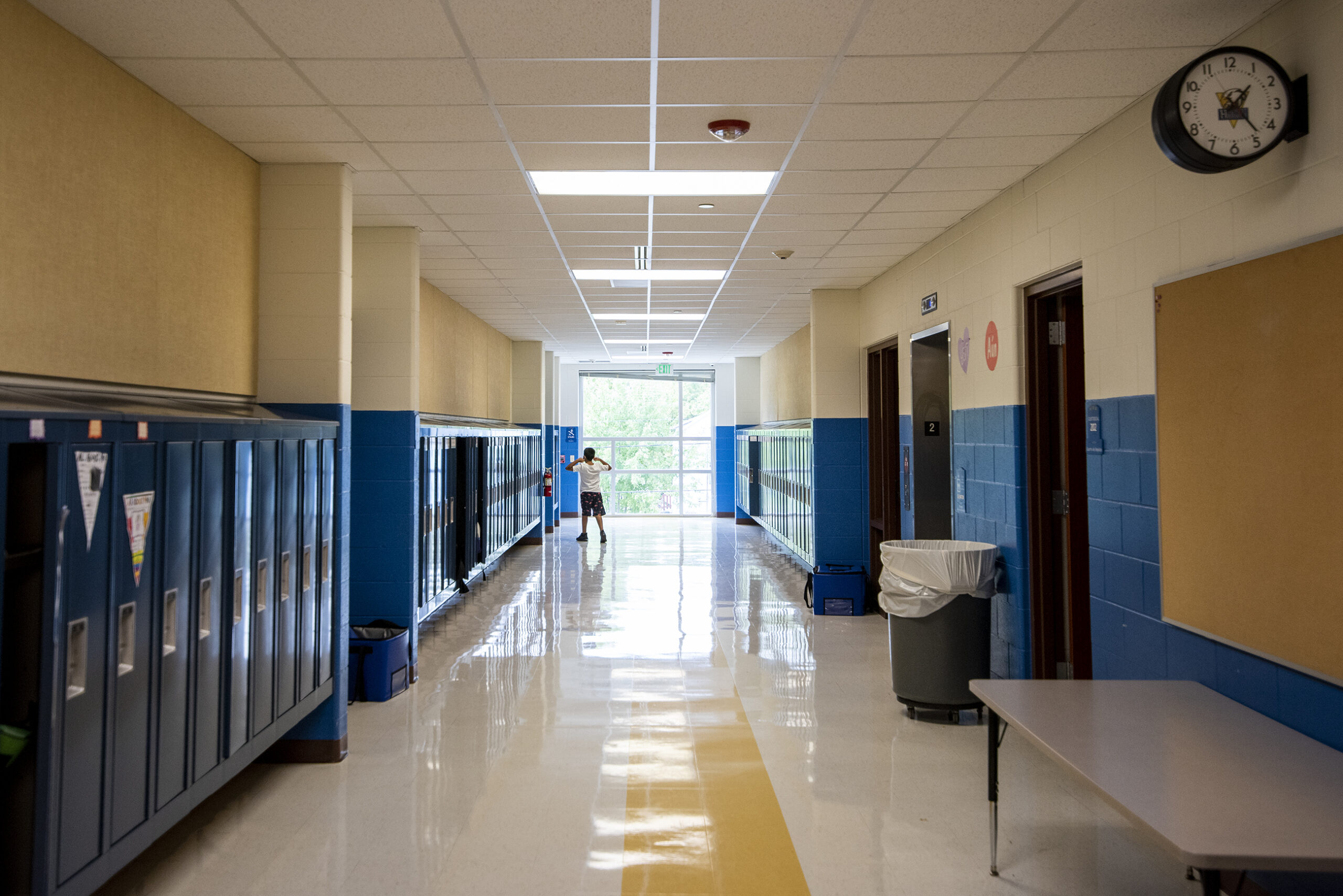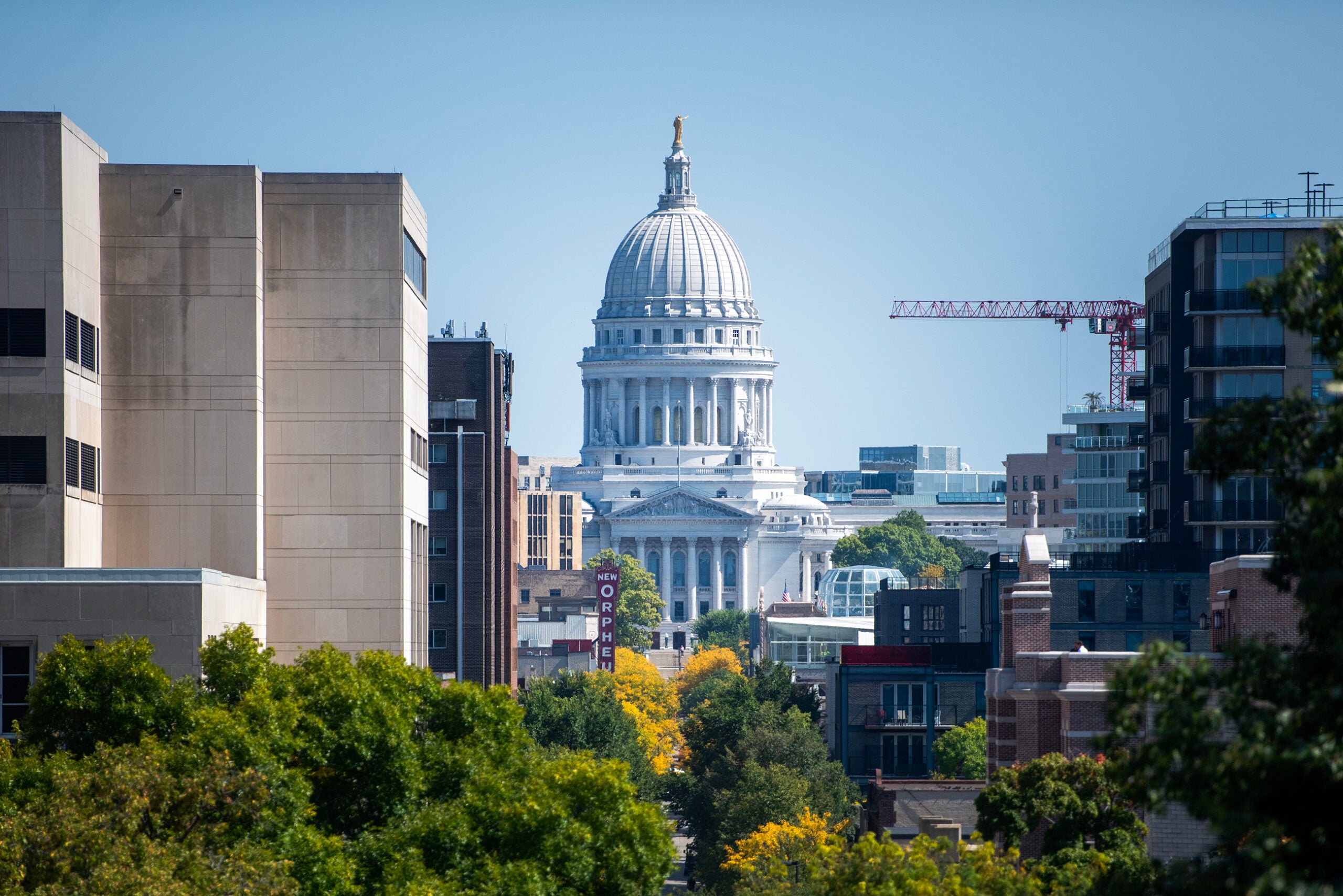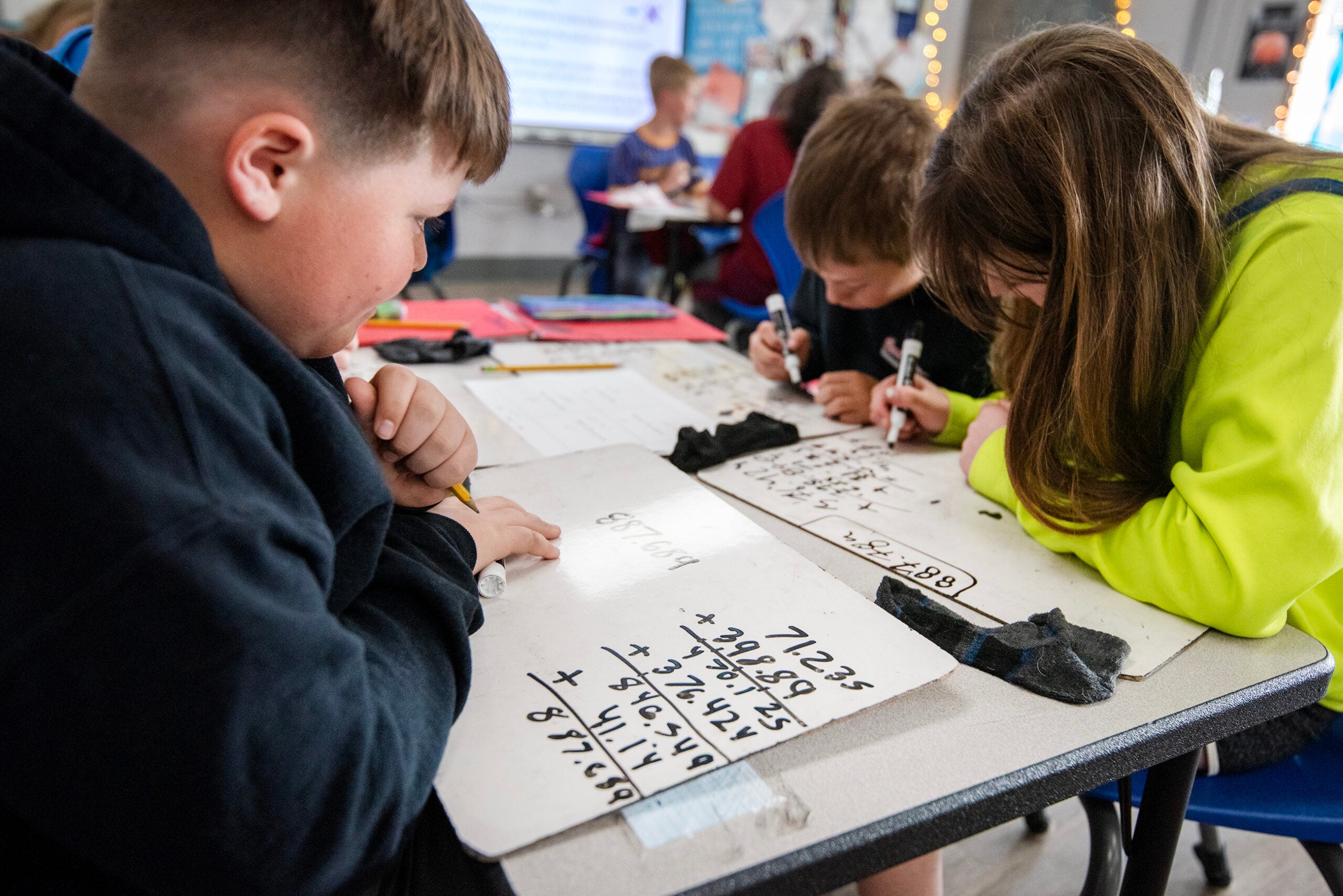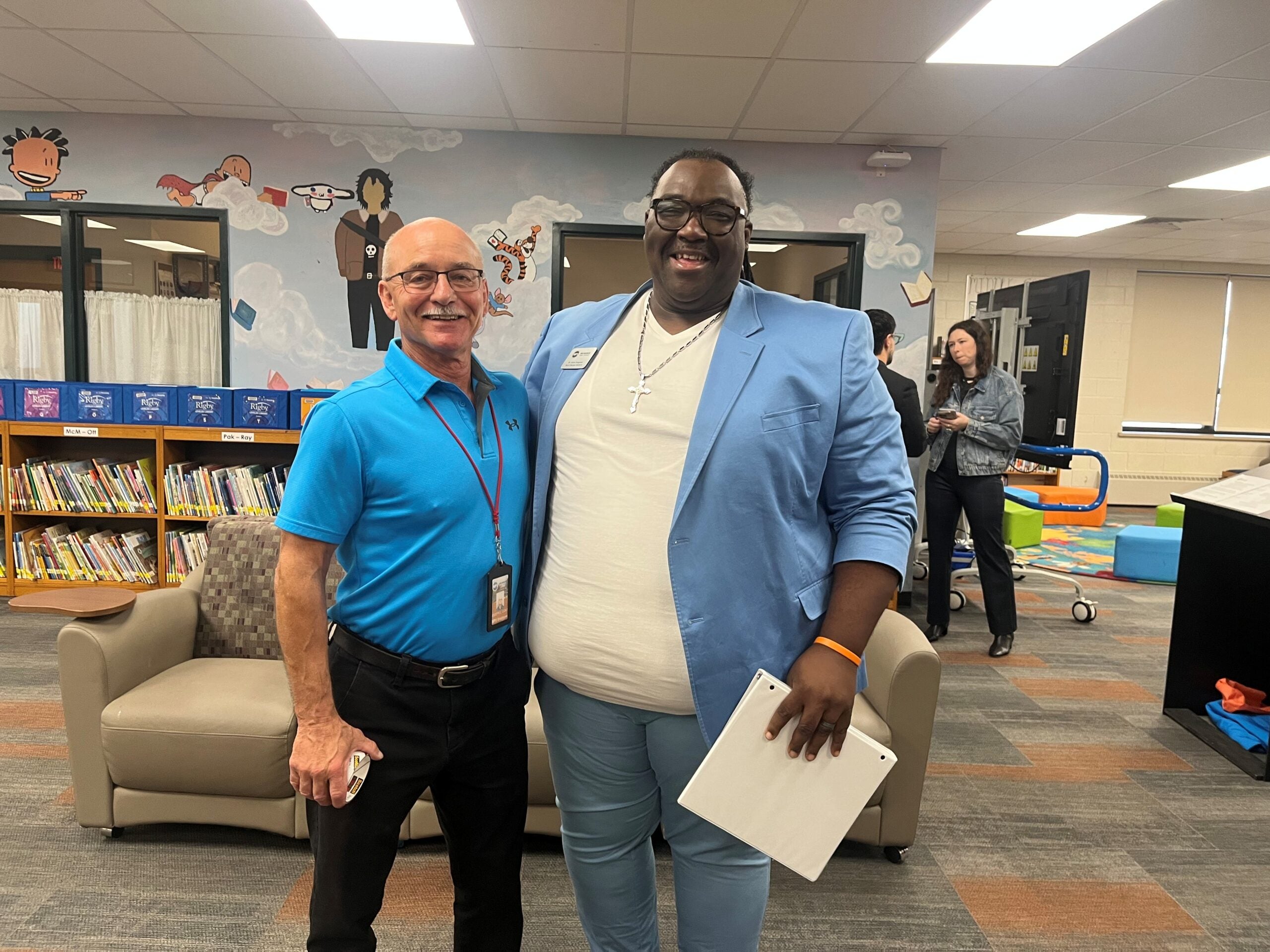Though the first day of school is less than a month away, Independence School District is still searching for a high school English teacher and Spanish teacher. So far, they’ve had zero applicants.
In the district with 40 teachers, the staffing crunch has major consequences, said Paul Franzwa, the district administrator.
“Now we’re three weeks out and redoing our schedule, because we’re down two teachers,” he said. “And to disperse that many kids into other classes really throws a wrench into things.”
News with a little more humanity
WPR’s “Wisconsin Today” newsletter keeps you connected to the state you love without feeling overwhelmed. No paywall. No agenda. No corporate filter.
Franzwa said they’ve cut electives, and they’re planning to increase class sizes.
Though he’s worked in schools for years, Franzwa said he’s never had this much trouble finding staff.
“I was a former elementary principal,” he said. “A dozen years ago … in rural Mondovi, which is just south of Eau Claire, we’d have over 100 applicants for an elementary job.”
Staffing shortages are becoming common at schools across the state, said Peggy Wirtz-Olsen, a former teacher and the president of the Wisconsin Education Association Council.
“The educator shortage has been a mounting problem for a long time,” she said. “We’ve got this alarming number of teachers who have left the profession because of unrealistic workloads, low pay, and lack of input in school decisions.”
Many teachers, she said, have taken on second jobs, like driving for Uber, to make up for low pay. But the past few years have brought the issue to a head.
Teachers have been forced to work longer hours and enforce pandemic safety protocols, all while being dragged into the center of a culture war, she said. According to Wirtz-Olsen that’s sunk teacher morale and led many to leave the profession altogether.
“We saw a 14 percent increase in teacher retirements back in 2020,” she said. “And our teacher education programs continue to report lower enrollments, meaning there aren’t enough future teachers in the pipeline to replace all those that are leaving.”
According to a 2021 report from the Wisconsin Policy Forum on the teacher workforce in southeast Wisconsin, the number of students graduating with degrees in education has been falling for the past decade. Coupled with the state’s aging population, it said staffing shortages are likely to get worse.
The main way to solve the issue, Wirtz-Olsen said, is raising pay. According to the National Education Association, the average starting salary for teachers in Wisconsin is $38,961, ranking 34th in the nation. That’s below the state’s minimum living wage of $53,239.
But the state Legislature has hampered schools’ ability to raise pay, said Wisconsin Department of Public Instruction Executive Director Tom McCarthy.
The Legislature froze funding for schools in 2021, forcing schools to use federal funds through the American Rescue Plan Act. That money is set to dry up by September 2024, and with a funding cliff looming, McCarthy said schools are struggling to plan ahead.
This upcoming budget is a chance to change that, he said.
“Investing in our schools, investing in public education in the state of Wisconsin is a meaningful way that allows for schools to be funded adequately and staffed adequately,” McCarthy said.
Besides pay, there are other ways to coax people into joining the education field, he said, like programs that make it easier for people to become licensed teachers, and programs that inspire middle and high school students to think about becoming teachers.
“We’re actually seeing some of those models already coming to fruition, where you’ve got school districts that are essentially sponsoring kids who are high school juniors and seniors to come back and work in their district after they graduate,” he said.
Wisconsin Public Radio, © Copyright 2025, Board of Regents of the University of Wisconsin System and Wisconsin Educational Communications Board.

